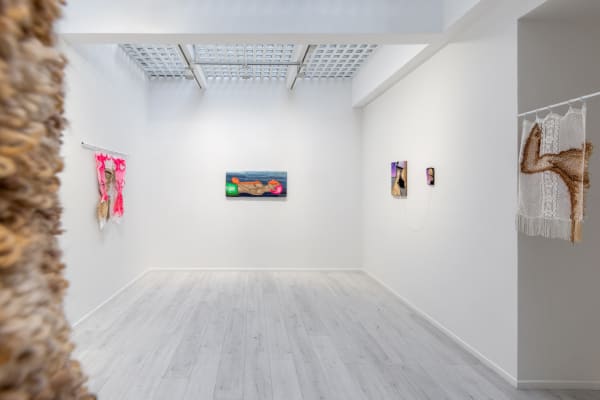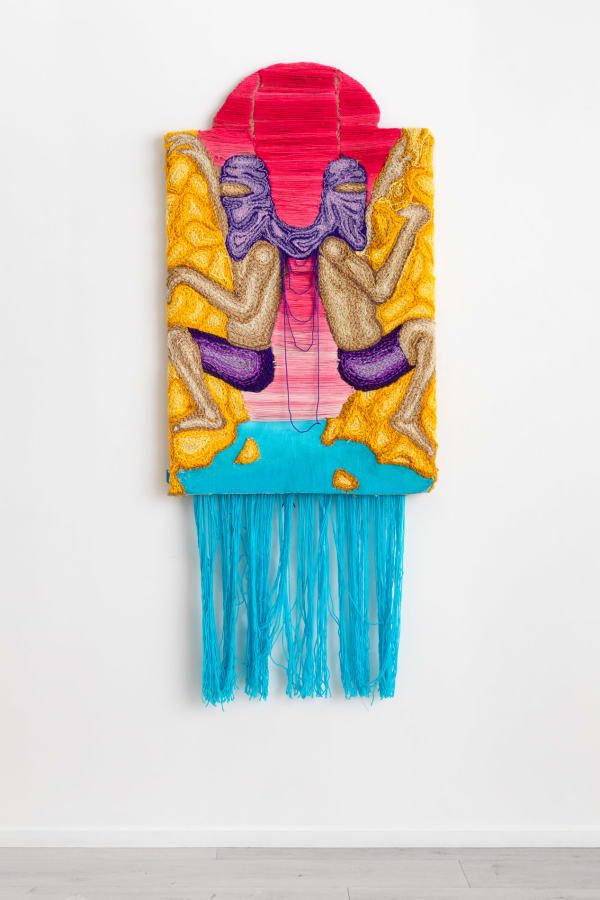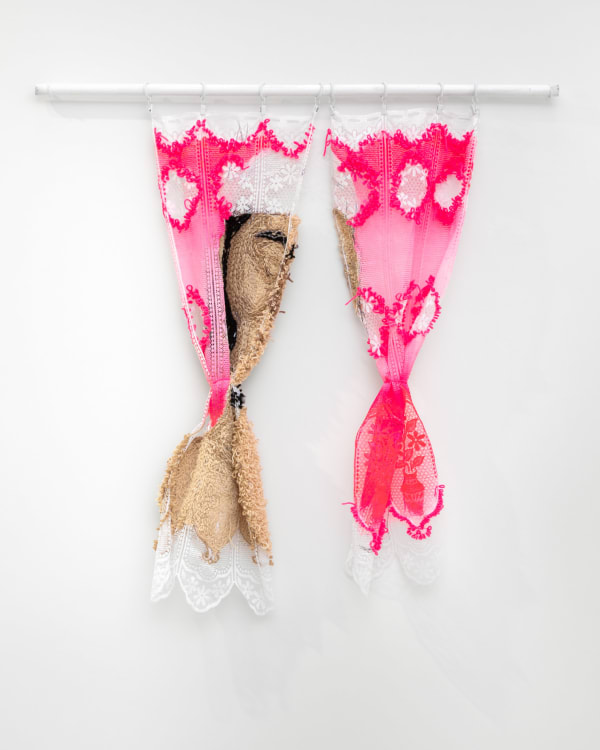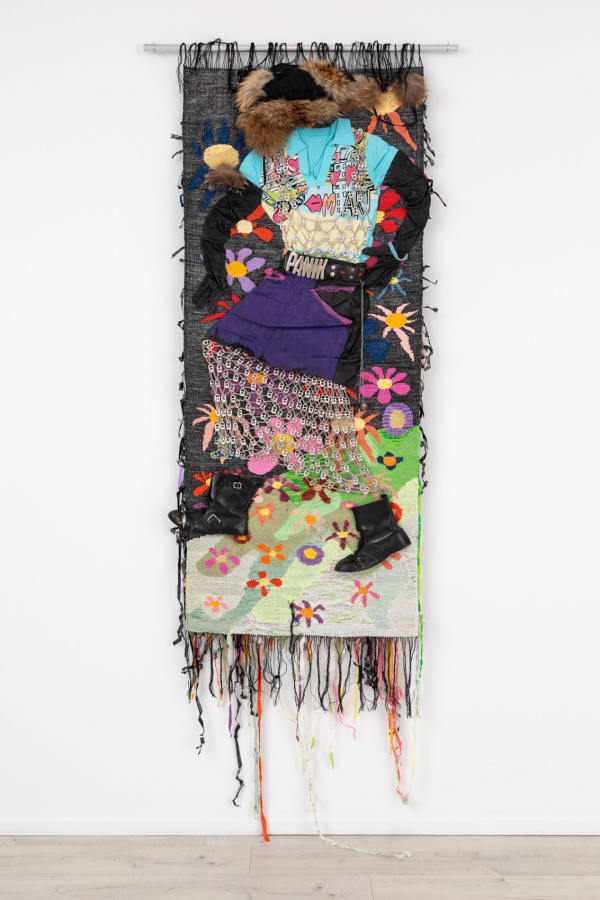Weaving, Stitching, Painting : Amine Habki, Mukenge/Schellhammer, Linnéa Sjöberg: Paris
-

Amine Habki, Mukenge/Schellhammer, Linnéa Sjöberg
Installation view, "Weaving, Stitching, Painting", Andréhn-Schiptjenko Paris, 2023
-

Amine Habki, Mukenge/Schellhammer, Linnéa Sjöberg
Installation view, "Weaving, Stitching, Painting", Andréhn-Schiptjenko Paris, 2023
-

Amine Habki, Mukenge/Schellhammer, Linnéa Sjöberg
Installation view, "Weaving, Stitching, Painting", Andréhn-Schiptjenko Paris, 2023
-

Amine Habki, Mukenge/Schellhammer, Linnéa Sjöberg
Installation view, "Weaving, Stitching, Painting", Andréhn-Schiptjenko Paris, 2023
-

Amine Habki, Mukenge/Schellhammer, Linnéa Sjöberg
Installation view, "Weaving, Stitching, Painting", Andréhn-Schiptjenko Paris, 2023
-

Amine Habki, Mukenge/Schellhammer, Linnéa Sjöberg
Installation view, "Weaving, Stitching, Painting", Andréhn-Schiptjenko Paris, 2023
-

Amine Habki, Mukenge/Schellhammer, Linnéa Sjöberg
Installation view, "Weaving, Stitching, Painting", Andréhn-Schiptjenko Paris, 2023
-

Amine Habki, Mukenge/Schellhammer, Linnéa Sjöberg
Installation view, "Weaving, Stitching, Painting", Andréhn-Schiptjenko Paris, 2023






















